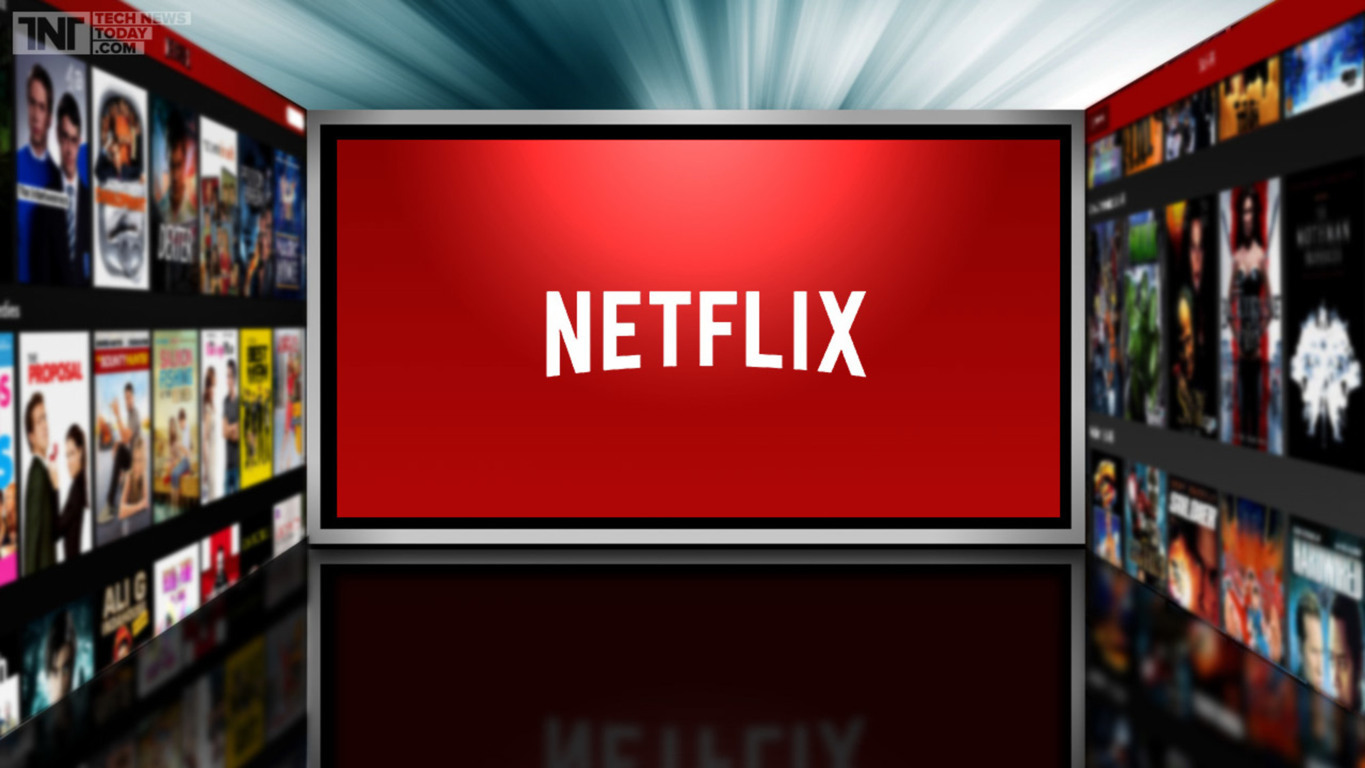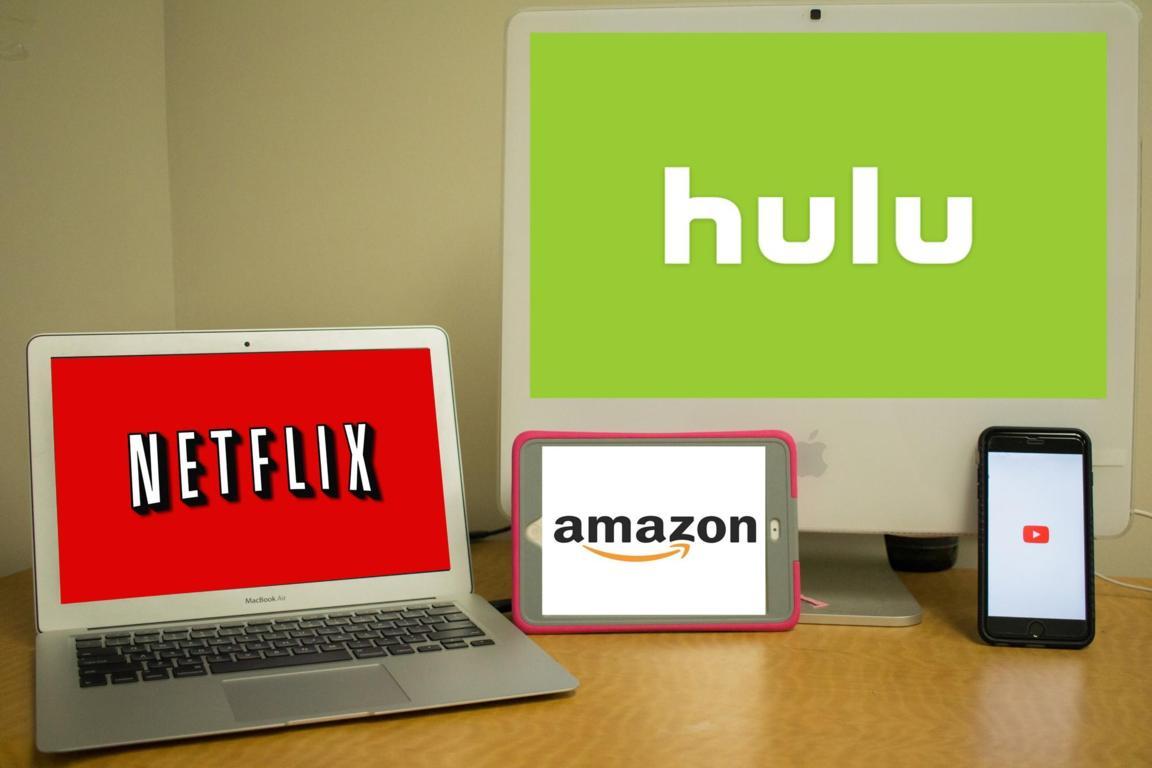
The Blockbuster Effect
by Yash Saboo February 21 2018, 1:45 pm Estimated Reading Time: 2 mins, 45 secsWhen you go online to look for entertainment there's a stocked-up library of content on various streaming platforms mainly YouTube, Netflix, Amazon, Hulu, and Hotstar (in India). The ability to access whatever entertainment people want digitally and on-demand has transformed diversions in societies both rich and poor, changing the lives of billions.
There's content for everyone, for all age groups. Kids have different section than adults. In adults’ section also there is segregation for young adults (teens) or mature audience. Mass entertainment today can be tailor-made, not one-size-fits-all. People want new content every week!

Source :Odyssey
The digital video space is maturing quickly as it saturates with new video services joining the battle every week. But even if they mature by adding new content from time to time people only prefer the blockbuster content. What's blockbuster content? Anything which is considered as a hit or which pops up the moment you open the website/ application can be considered as the blockbuster.
In basic language, when a new project launches, the first thing its creators do (if they hope to be successful) is promote it to their friends and fans. This starts a ripple effect of promotion and backing that often accelerates if the project is picked up by a well-read blog or online community. This is how the majority of audiences are introduced to projects.

Source :The Skyline View
Technology is making the rich richer, skewing people’s consumption of entertainment towards the biggest hits and the most powerful platforms. This world is dominated by an oligarchy of giants, including Facebook, Google, Amazon, Netflix and Disney (as well as Alibaba and Tencent within China’s walled ecosystem). Those lacking sufficient scale barely get noticed. Paradoxically, enabling every individual and product on the planet to find a market has made it next to impossible for the market to find them. Consumers generally favour whatever they find on their mobile screens or at the top of their search results. The tail is indeed long, but it is very skinny.
Despite the availability of entertainment specially tailored for each individual, people still crave experiences they can share with others. What they want most is what everyone else wants. No one digs deep into the website to watch something which is unusual and not watched by anyone else.
Rankings of the most popular downloads or streams are self-reinforcing. Recommendation algorithms steer people to what others like them have also watched or listened to.
Let's dig into some statistics. Of the thousands of films released worldwide in 2016 (including well over 700 in America alone), the top five performers at the box office were all made by Disney. The 13 films the company released last year, plus remaining business from “Star Wars: The Force Awakens”, accounted for one-fifth of total film revenue worldwide. Disney has focused on big-event films with iconic characters and storylines that have global appeal (and that fuel its unparalleled businesses in consumer-product licensing and theme parks).
Spotify said in 2013 that of its 20m-strong song catalogue at the time, 80% had been played—in other words, the remaining 4m songs had generated no interest at all.
The blockbuster effect has been even more striking on the digital platforms that were supposed to demonstrate the benefits of the long tail.




-173X130.jpg)
-173X130.jpg)
-173X130.jpg)
-173X130.jpg)
-173X130.jpg)
-173X130.jpg)
-173X130.jpg)
-173X130.jpg)